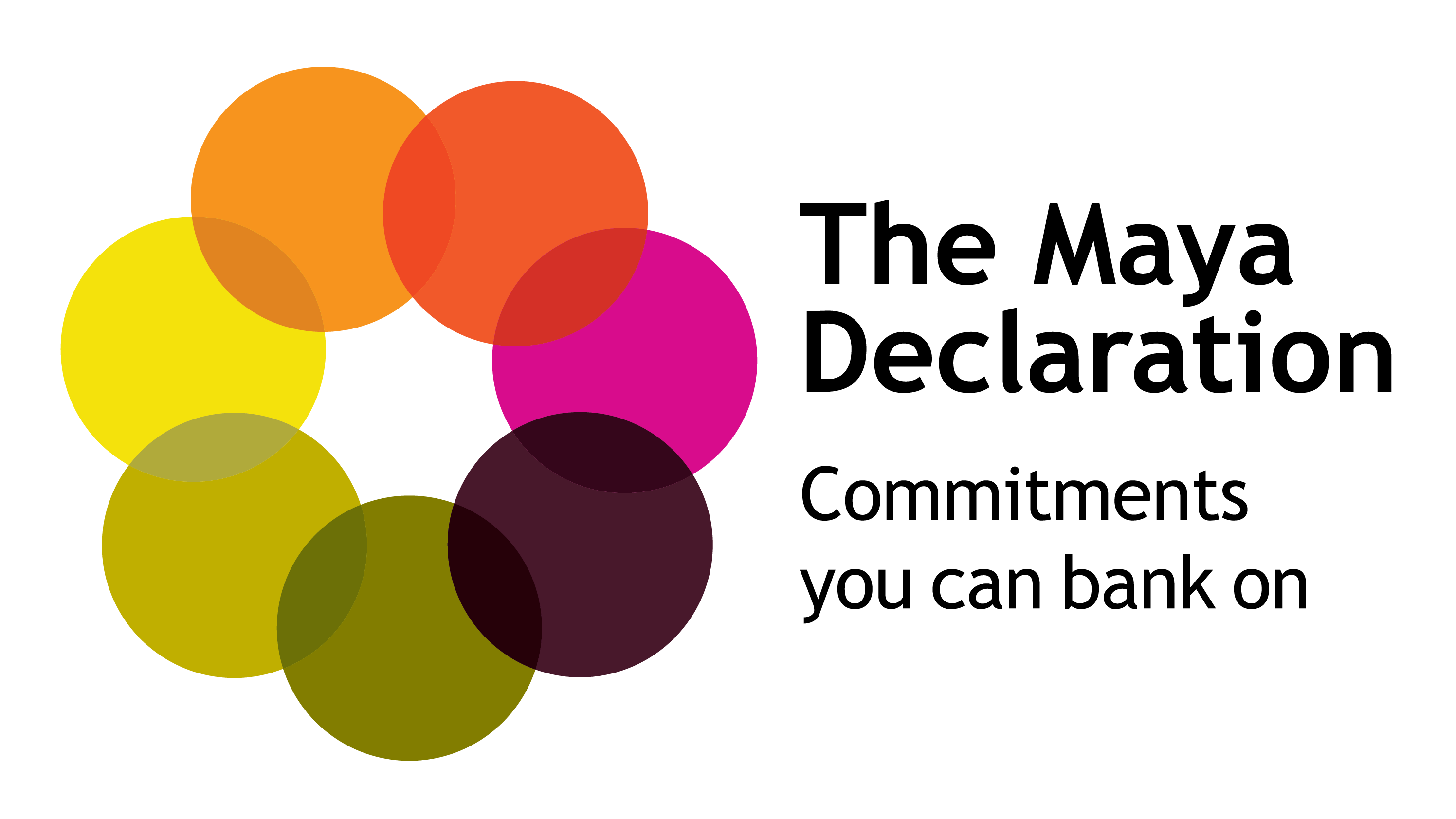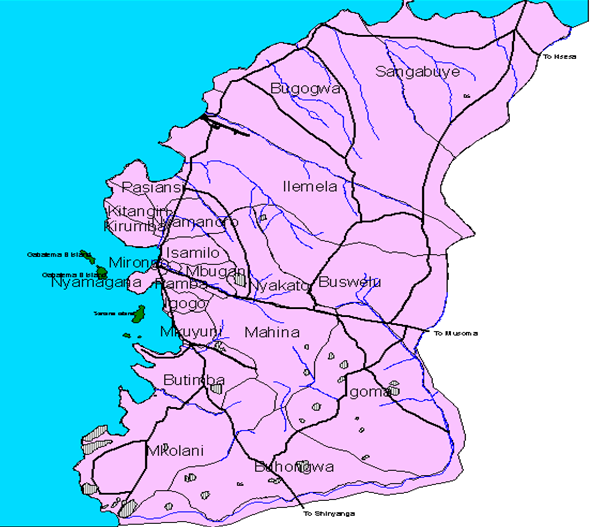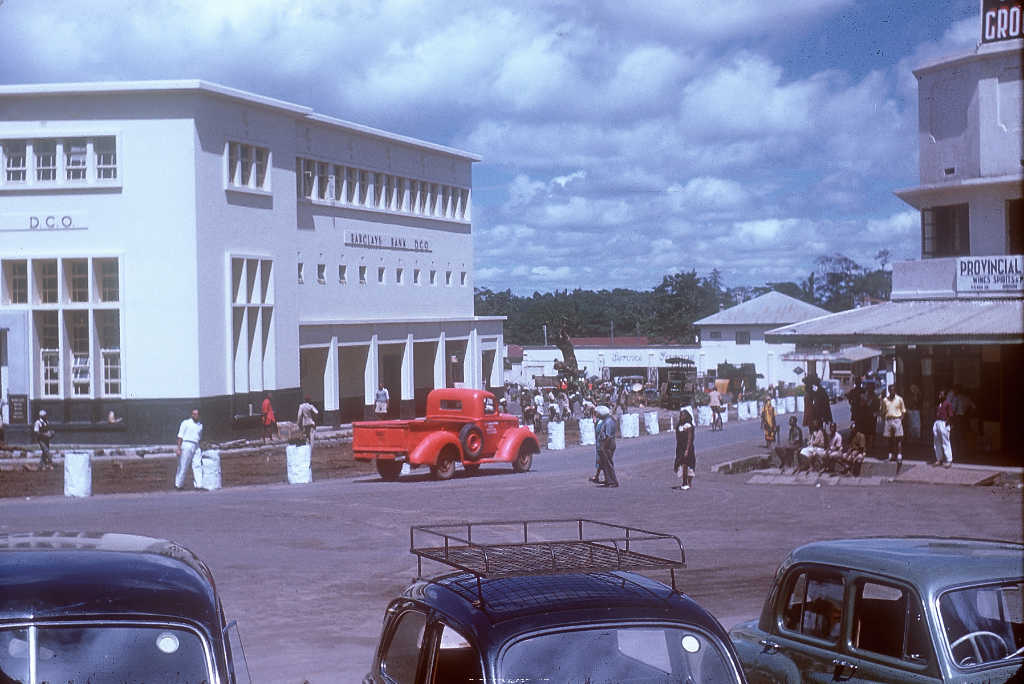|
Bank Of Tanzania
The Bank of Tanzania ( sw, Benki Kuu ya Tanzania) is the central bank of the United Republic of Tanzania. It is responsible for issuing the national currency, the Tanzanian shilling. The bank was established under the Bank of Tanzania Act 1965. However, in 1995, the government decided that the central bank had too many responsibilities, and was thus hindering its other objectives. As a result, the government introduced the Bank of Tanzania Act 1995, which gave the bank the single objective of monetary policy. It is governed by a board of directors consisting of ten people, four of whom are ''ex officio'' members which have three advisory committees that can assist them. The bank is headed by its Governor, assisted by three deputy governors in Administration, Economic and financial policies and Financial stability. History The Bank of Tanzania was chartered by the first parliament of Tanzania through the Bank of Tanzania Act of 1965 following the dissolution of the East Afric ... [...More Info...] [...Related Items...] OR: [Wikipedia] [Google] [Baidu] |
State Ownership
State ownership, also called government ownership and public ownership, is the ownership of an industry, asset, or enterprise by the state or a public body representing a community, as opposed to an individual or private party. Public ownership specifically refers to industries selling goods and services to consumers and differs from public goods and government services financed out of a government's general budget. Public ownership can take place at the national, regional, local, or municipal levels of government; or can refer to non-governmental public ownership vested in autonomous public enterprises. Public ownership is one of the three major forms of property ownership, differentiated from private, collective/cooperative, and common ownership. In market-based economies, state-owned assets are often managed and operated as joint-stock corporations with a government owning all or a controlling stake of the company's shares. This form is often referred to as a state-owne ... [...More Info...] [...Related Items...] OR: [Wikipedia] [Google] [Baidu] |
AllAfrica
AllAfrica is a website that aggregates news produced primarily on the African continent about all areas of African life, politics, issues and culture. It is available in both English and French and produced by AllAfrica Global Media, which has offices in Cape Town, Dakar, Lagos, Monrovia, Nairobi, and Washington, D.C. AllAfrica is the successor to the African News Service. Its stories can be displayed by categories and subcategories such as country, region, and by news topic. In 2008, AllAfrica rolled out a comment board system. The President of AllAfrica Global Media, Amadou Mahtar Ba, is a member of the International Advisory Board International is an adjective (also used as a noun) meaning "between nations". International may also refer to: Music Albums * ''International'' (Kevin Michael album), 2011 * ''International'' (New Order album), 2002 * ''International'' (The T ... of the African Press Organization. References External links * ReliefWeb archives of AllAf ... [...More Info...] [...Related Items...] OR: [Wikipedia] [Google] [Baidu] |
AFI Global Policy Forum
The Global Policy Forum (GPF) is organized by the Alliance for Financial Inclusion, or AFI, as the keystone event for its membership and financial inclusion policymakers worldwide. Each year, it is co-hosted by a different member institution in a different region of the world. AFI has roughly 100 member institutions from nearly 90 countries, making the AFI GPF the most important and comprehensive forum for regulatory institutions with an interest in promoting financial inclusion policy. The AFI GPF is focused on developing and improving national financial inclusion strategies and policies and is used as a platform for senior financial regulators to exchange ideas as well as engage in peer-to-peer learning activities. Background The AFI GPF has been recognized by leading international network of financial inclusion organizations and individuals as an important part of the global dialogue on financial inclusion. Participation at the AFI GPF has become part of the standard dialogue amo ... [...More Info...] [...Related Items...] OR: [Wikipedia] [Google] [Baidu] |
The Maya Declaration
The Maya Declaration is a global initiative for responsible and sustainable financial inclusion that aims to reduce poverty and ensure financial stability for the benefit of all. It is the first global and measurable set of financial inclusion commitments by developing and emerging economies. Since its launch at the 2011 Global Policy Forum (GPF) in Mexico, members of the Alliance for Financial Inclusion (AFI) have made concrete financial inclusion targets, continued to implement in-country policy improvements and regularly shared progress updates on the AFI Data Portal (ADP). As of October 2021, AFI member institutions have made a total of 885 Maya Declarations targets. AFI members include roughly 101 central banks and other financial regulatory institutions from nearly 90 emerging and developing economies. AFI is committed to supporting its members in fully achieving their commitments to contributing towards more inclusive development and poverty alleviation. Background The ... [...More Info...] [...Related Items...] OR: [Wikipedia] [Google] [Baidu] |
Financial Inclusion
Financial inclusion is defined as the availability and equality of opportunities to access financial services. It refers to a process by which individuals and businesses can access appropriate, affordable, and timely financial products and services. These include banking, loan, equity, and insurance products. Financial inclusion efforts typically target those who are unbanked and underbanked, and directs sustainable financial services to them. Financial inclusion is understood to go beyond merely opening a bank account. It is possible for banked individuals to be excluded from financial services. Having more inclusive financial systems has been linked to stronger and more sustainable economic growth and development and thus achieving financial inclusion has become a priority for many countries across the globe. In 2018, it was estimated that about 1.7 billion adults lacked a bank account. Among those who are un-banked a significant number were women and poor people in rural areas a ... [...More Info...] [...Related Items...] OR: [Wikipedia] [Google] [Baidu] |
Mtwara
Mtwara (Portuguese: ''Montewara'') is the capital city of Mtwara Region in southeastern Tanzania. In the 1940s, it was planned and constructed as the export facility for the disastrous Tanganyika groundnut scheme, but was somewhat neglected when the scheme was abandoned in 1951. The city is spread out over a large area planned to accommodate up to 200,000 people. The present population is around 108,000. As part of the development associated with the failed Tanganyika groundnut scheme, Mtwara features a deep-water port that can accommodate ocean-going vessels, and a range of large municipal buildings, including a post office. Recent improvements in the port made it possible for big container ships to berth there. Transportation Road Mtwara has reasonable transport links considering its remoteness in southern Tanzania. It is linked by paved roads with Dar es Salaam and Lindi to the north and Masasi inland and by partially paved roads to Newala in-land to the west. Beyond Masasi the ... [...More Info...] [...Related Items...] OR: [Wikipedia] [Google] [Baidu] |
Dodoma
Dodoma ( in Gogo), officially Dodoma City, is the national capital of Tanzania and the capital of the Dodoma Region, with a population of 410,956. In 1974, the Tanzanian government announced that the capital would be moved to Dodoma for social and economic reasons and to centralise the capital within the country. It became the official capital in 1996. Much of the initial design did not come to fruition for a long time. As a result, Dar es Salaam remains the commercial capital of Tanzania and still retains the state house Ikulu, and a large number of government functions. Geography Located in the centre of the country, the town is west of the former capital at Dar es Salaam and south of Arusha, the headquarters of the East African Community. It is north of Iringa through Mtera. It is also west of Morogoro. It covers an area of of which is urbanized. History Originally a small market town known as Idodomya, the modern Dodoma was founded in 1907 by German colonists during ... [...More Info...] [...Related Items...] OR: [Wikipedia] [Google] [Baidu] |
Zanzibar
Zanzibar (; ; ) is an insular semi-autonomous province which united with Tanganyika in 1964 to form the United Republic of Tanzania. It is an archipelago in the Indian Ocean, off the coast of the mainland, and consists of many small islands and two large ones: Unguja (the main island, referred to informally as Zanzibar) and Pemba Island. The capital is Zanzibar City, located on the island of Unguja. Its historic centre, Stone Town, is a World Heritage Site. Zanzibar's main industries are spices, raffia and tourism. In particular, the islands produce cloves, nutmeg, cinnamon, and black pepper. For this reason, the Zanzibar Archipelago, together with Tanzania's Mafia Island, are sometimes referred to locally as the "Spice Islands". Tourism in Zanzibar is a more recent activity, driven by government promotion that caused an increase from 19,000 tourists in 1985, to 376,000 in 2016. The islands are accessible via 5 ports and the Abeid Amani Karume International Airport, w ... [...More Info...] [...Related Items...] OR: [Wikipedia] [Google] [Baidu] |
Mwanza
Mwanza City, also known as Rock City to the residents, is a port city and capital of Mwanza Region on the southern shore of Lake Victoria in north-western Tanzania. With an urban population of 1,182,000 in 2021, it is Tanzania's second largest city, after Dar es Salaam. It is also the second largest city in the Lake Victoria basin after Kampala, Uganda and ahead of Kisumu, Kenya at least in population size. Within the East African community, Mwanza city is the fifth largest city after Dar, Nairobi, Mombasa, and Kampala. It is slightly ahead of Kigali, Kisumu, and Bujumbura in the population of city proper limits. However, in terms of infrastructure, Kigali and Kisumu cities are way ahead of Mwanza. Mwanza city is also the capital city of Mwanza Region, and is administratively divided into two municipal districts within that Region - Ilemela and Nyamagana. Ethnicity The Sukuma constitute over 90 percent of the population of the Mwanza Region. Other ethnic groups in the region, in ... [...More Info...] [...Related Items...] OR: [Wikipedia] [Google] [Baidu] |
Mbeya
Mbeya is a city located in south west Tanzania, Africa. Mbeya's urban population is 620,000 according to the 2022 census. Mbeya is the capital of the surrounding rural Mbeya region (population, with Mbeya, totals approx. 2 million). Mbeya is situated at an altitude of 1,700 metres (5,500 ft), and sprawls through a narrow highland valley surrounded by a bowl of high mountains. The main language is colloquial Swahili, and the English language is extensively taught in schools. History Following the 1906 gold rush, Mbeya was founded as a gold mining town in the 1920s. The TAZARA railway later attracting farming migrants and small entrepreneurs to the area. Mbeya and its district were administered by the British until 1961. Mbeya Region was created in 1961. Mbeya City is now a growing metropolis and business centre for the southern regions and the neighbouring countries of Malawi, Zambia and Congo. The city is well connected with an all-weather road that forms part of the "Grea ... [...More Info...] [...Related Items...] OR: [Wikipedia] [Google] [Baidu] |
Arusha
Arusha City is a Tanzanian city and the regional capital of the Arusha Region, with a population of 416,442 plus 323,198 in the surrounding Arusha District Council (2012 census). Located below Mount Meru on the eastern edge of the eastern branch of the Great Rift Valley, Arusha City has a temperate climate. The city is close to the Serengeti National Park, the Ngorongoro Conservation Area, Lake Manyara National Park, Olduvai Gorge, Tarangire National Park, Mount Kilimanjaro, and Mount Meru in the Arusha National Park. The city is a major international diplomatic hub. It hosts the African Court of the African Union and is the capital of the East African Community. From 1994 to 2015, the city also hosted the International Criminal Tribunal for Rwanda, but that entity has ceased operations. It is a multicultural city with a majority Tanzanian population of mixed backgrounds: indigenous African, Arab-Tanzanian and Indian-Tanzanian population, plus a small European and North Am ... [...More Info...] [...Related Items...] OR: [Wikipedia] [Google] [Baidu] |






